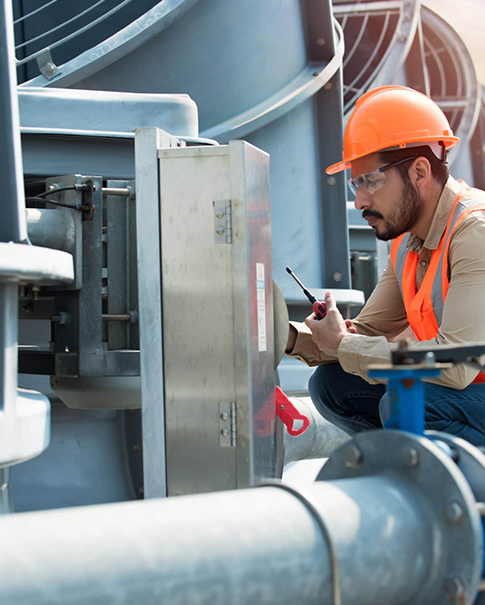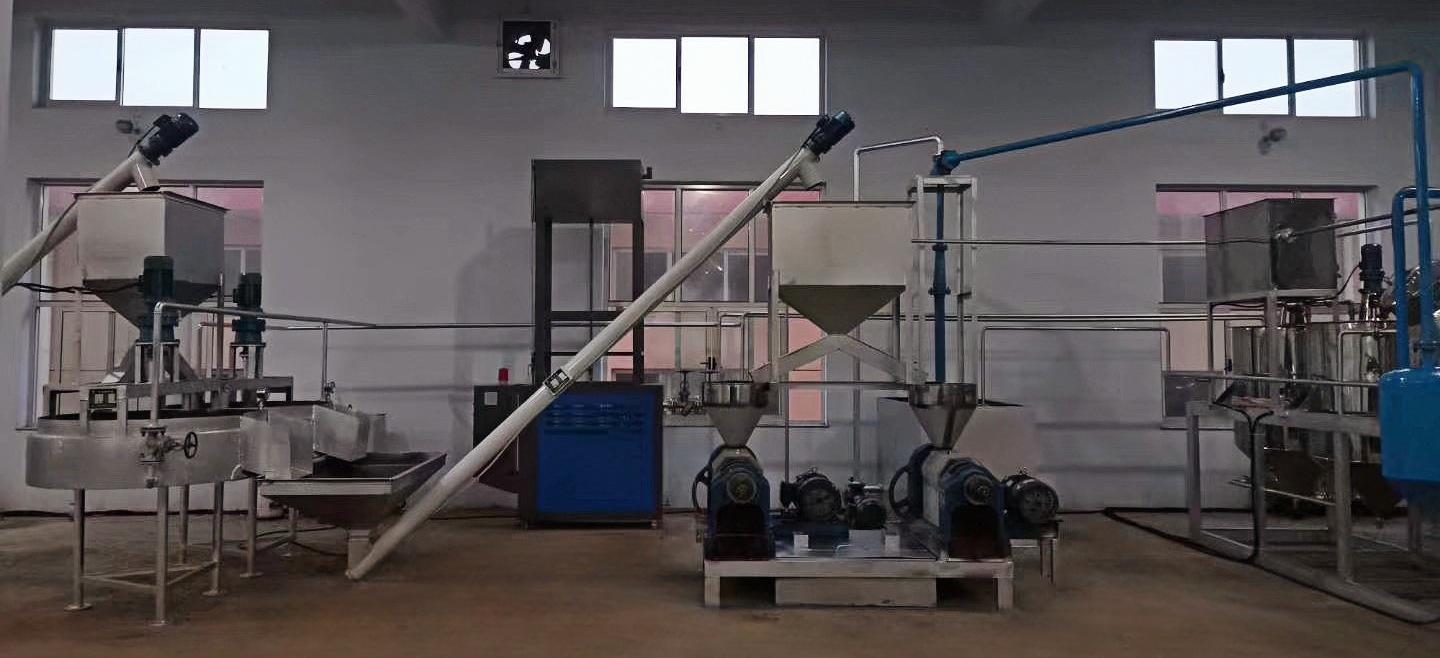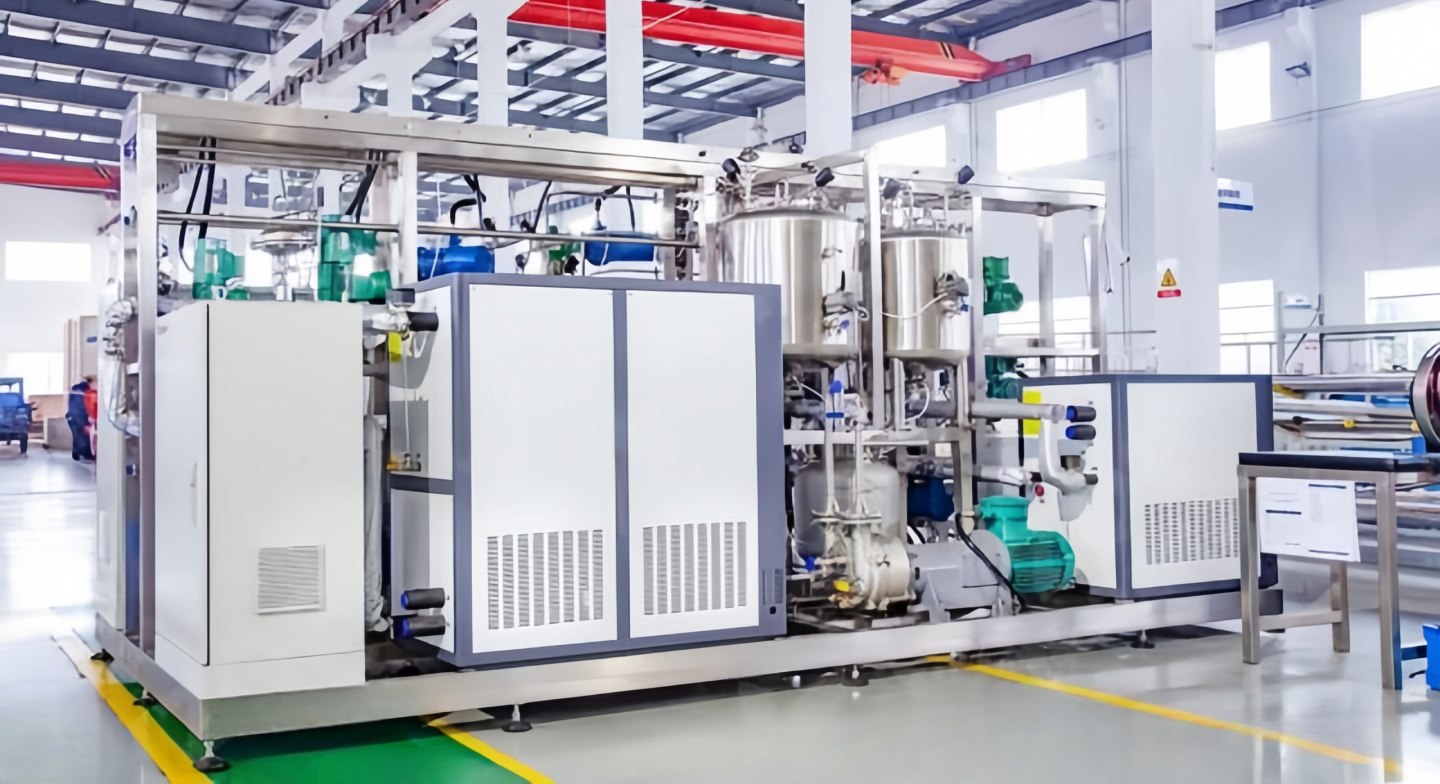
The food, beverage and packaging industries require precise temperature control to meet the requirements of their manufacturing processes. Hengde mold temperature controllers can accurately control the temperature during food processing to ensure that all types of food are processed within the most appropriate temperature range. Whether it is grains, oils, chocolates, biscuits or other different foods, the temperature must be strictly controlled during the processing. Only in this way can the excellent quality of the product be guaranteed; in beverage production, some raw materials need to be processed at a specific temperature. For example, when producing tea beverages, the mold temperature controller can heat water to a suitable temperature for tea extraction, improve the extraction efficiency and the quality of the tea soup.

Hengde chillers are mainly used for cooling canned products and beer. During the beverage filling process, the filling equipment will generate heat, and the chiller can provide it with cooling water in time to ensure the quality and taste of the beverage. For example, on the filling line of bottled beverages, the chiller can provide cooling water for the filling head and conveyor belt to prevent the beverage from generating bubbles or deteriorating due to excessive temperature during the filling process. In the process of food fermentation, temperature is a key control factor. The chiller can control the speed and temperature of fermentation by cooling the temperature of the fermentation tank or fermentation chamber to ensure the stability and consistency of the fermentation process. For example, in yogurt production, the water chiller can control the temperature of the fermentation tank at around 40℃, providing a suitable temperature environment for the growth of lactic acid bacteria and ensuring the fermentation quality of yogurt.

At the same time, Hengde mold temperature controllers and Industrial chillers are also used in the packaging supporting industries of food and beverages. For example, when producing food plastic bottles such as PET, PE and PP, the mold temperature controller can keep the plastic raw materials at a stable temperature during the extrusion, blow molding and other process links, thereby ensuring the quality and production efficiency of the film and meeting different packaging needs; in the process of printing packaging materials, the appropriate temperature can make the fluidity and drying speed of the ink reach the best state, and the mold temperature controller can control the temperature of the printing plate, ink, etc. of the printing press, improve the clarity and color saturation of the printing, and ensure the quality of the printed pattern. In addition, for some special printing processes such as hot stamping and laminating, the mold temperature controller can also provide a stable temperature environment to ensure the smooth progress of the process; the mold temperature controller can also provide accurate temperature for the heat sealing equipment, so that the packaging material can be quickly and evenly heated during the heat sealing process, thereby forming a firm seal.
In the food packaging industry, water chillers are mainly used for equipment cooling, packaging material cooling and product cooling. Many equipment in the packaging industry will generate a lot of heat during operation, such as aluminum-plastic blister packaging machines, heat sealing machines, etc. Water chillers can provide cooling circulating water for these equipment, take away the heat generated by the equipment in time, and keep the temperature of the equipment within the normal range. Thereby improving the stability and reliability of the equipment and extending the service life of the equipment; in the molding process of plastic packaging materials, the plastics after high-temperature processing need to be cooled quickly in order to shape them. Water chillers can provide low-temperature cooling water to accelerate the cooling speed of plastic packaging materials and improve production efficiency. At the same time, the size of the cooled packaging materials is more stable and not easy to deform, which is conducive to subsequent packaging operations; for some products that need to be cooled before packaging, such as food after high-temperature cooking, water chillers can quickly cool them to a suitable packaging temperature. This can avoid deformation, deterioration and other problems caused by excessive temperature during the packaging process, and ensure the quality and safety of the product.